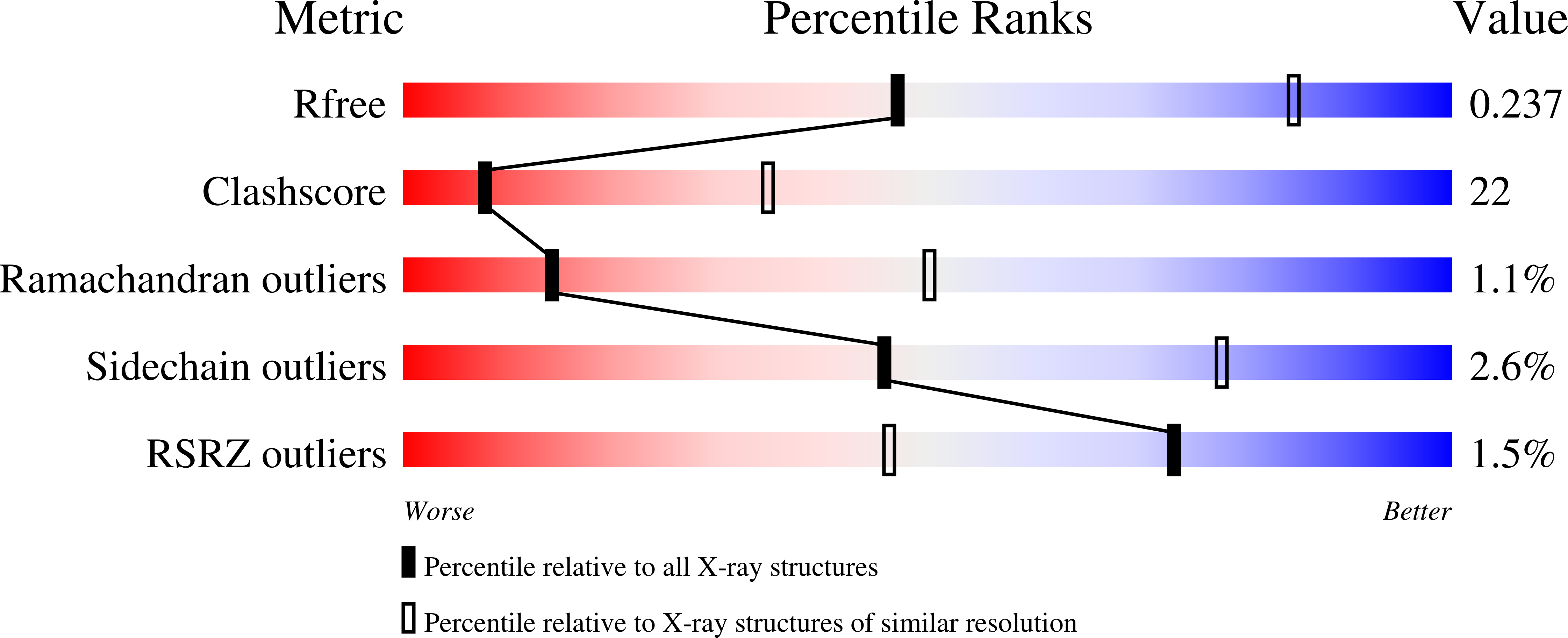
Deposition Date
2023-08-02
Release Date
2024-08-28
Last Version Date
2025-03-12
Entry Detail
PDB ID:
8TO4
Keywords:
Title:
EGFR(T790M/V948R) in complex with the allosteric inhibitor FRF-06-057
Biological Source:
Source Organism:
Homo sapiens (Taxon ID: 9606)
Host Organism:
Method Details:
Experimental Method:
Resolution:
2.99 Å
R-Value Free:
0.23
R-Value Work:
0.17
R-Value Observed:
0.17
Space Group:
P 1 21 1


